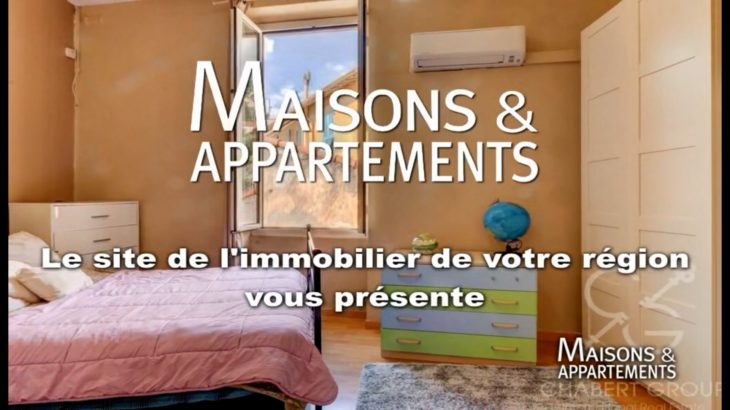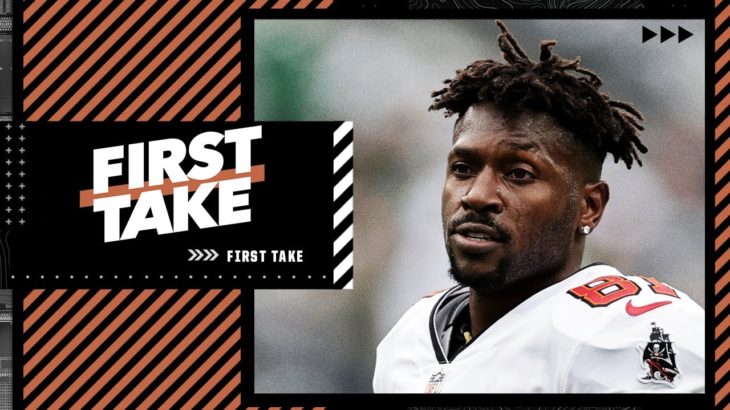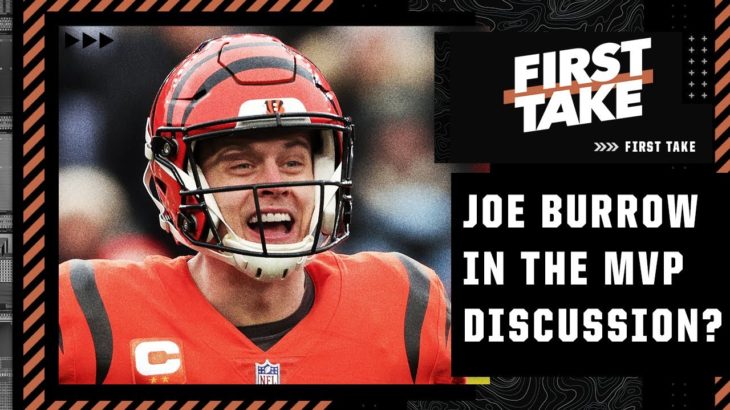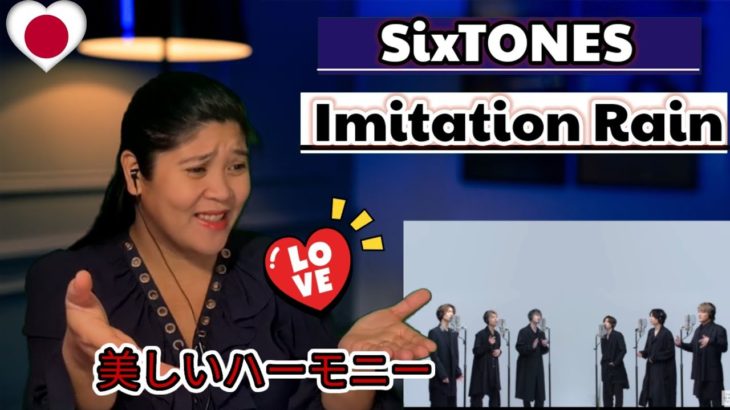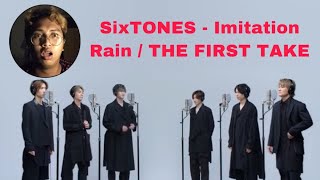Transcript: I think it’s apt that our first studio assignment for this course was a collage. A collage is, fundamentally, the process of complicating an image. It’s the taking of something that looks fixed, and objective, and splicing it with a multitude of different visions. By introducing new information, a collage reveals a new perspective. It’s for that reason that I prefer the first narrative of my work for this course: because it’s my perspective. By speaking as me, I was able to have an emotional approach. The second person perspective just feels more objective and sterile. Being able to explore that emotional side, to explain why i created in the way that i did, flushes out the scope of my experience. In the second person, on the other hand, gaps in understanding can only be filled through speculation. It drives home for me why developing an approach to multi-species ethnography is so extremely important: all lived experience has nuance, nuance that we must at least try to understand.
“Try” is the operative word here. This course has underscored that for me: my sense of connection to the natural world is an ongoing, unending process which requires work.
When I went to my sit spot to do my exercise in gratitude, I was frustrated about my limited understanding of my environment, frustrated that after a year in-doors, I feel like my land-ethic has slid backwards. I was trying my best to ward off thoughts about how I could have worked harder in this course, about all the missed readings, and the rushed workshop assignments. Although I found a lot to be grateful for, like the creative respite that this course provided me, and the connection I developed with my sit spot, as I visited regularly from Winter to Spring, I kept wondering: has anything really changed?
Before I left my sit spot, I poked around in the area a bit to explore the changes that spring had brought. I came across a “private property” sign, right there, in the middle of the Don Valley. High above it, at the top of the hill, sat the house the sign belonged to. My anthropologist gears started spinning, and I made a mental note to revisit that loaded site of human intervention in this very reflection. But as I was leaving, I noticed a log that had been cut cleanly by a human blade. The log was wet with rot, but growing inside of it were the teeniest sprigs of life, poking out of decay. This, I thought, was a beautiful interaction between two beings, and so rich of ethnographic potential. I felt like those little leaves would tell me a story if I came back in a week: would they be taller? Would there be more? And what other creatures make that log their home? A silly thought came to mind of a little bug perched under a sprig, in its very own sit-spot, observing beings too tiny for my own eyes to see. And, I think I will come back in a week. Maybe bring a notebook to do a sketch, or to try to write from that little bug’s perspective. Between those two sites: the signs and the log, I found the later to be vastly more interesting. And I don’t think I would have even noticed it as full of ethnographic potential if it weren’t for this course.
Actually, there’s a lot that I wouldn’t have noticed about my sit spot in Spring if I hadn’t taken this course. One of the first things I went looking for was any sign of Japanese knotweed. In my visits for my Oculi write-up, I noticed that the invasive knotweed had been intentionally cleared on the human-accessible side of Yellow Creek. Sure enough, little knotweed babies had sprouted up nearly everywhere. Honestly, with how brilliantly Japanese Knotweed is able to persist, I doubt Yellow Creek will every truly be rid of it. But, for the good of the entire ecosystem, human intervention is required to keep it in check. Or, perhaps a more positive way of phrasing that is seeing it as an example of human stewardship in the valley. An endless job of give and take, of action and reaction. And, like I mentioned earlier, this job of stewardship reflects how I should treat my own ecological consciousness. Whether or not anything had changed about the way I understand my own ecological community was the wrong question to ask. The most sustainable change happens slowly. Even if those changes can’t be felt immediately, they must be practiced to see any sort of difference in the future. For me, right now, that means watering my plants. Or, following my cats around the backyard to try to see what they see. It means valuing my own perspective, and recognizing that it’s just that: a perspective. And that I’m in a community of billions of them.
ANT459 reflection.m4v
- 2021.04.26
- THE FIRST TAKE

